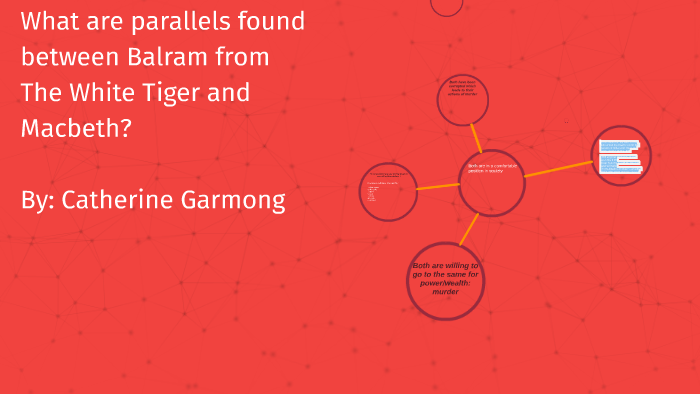


In fact, parallel computing has become so robust that it has been used by many of the leading cosmologists to answer questions about the origin of the universe. The complexity and capacity of these systems can also help create efficiency in such industries as consulting, finance, defense, telecom, and weather forecasting. Most fields of science use this sort of operating system, including biotechnology, cosmology, theoretical physics, astrophysics, and computer science. This development of packet switching is widely regarded as the breakthrough that later started the "Arpanet Project," which is responsible for the basic foundation of the Internet, the world's largest parallel computer network. His research led to the development of packet switching, and thus to the modern parallel operating system. He released his findings in a paper called Amdahl's Law, which outlined the theoretical increase in processing power one could expect from running a network with a parallel operating system. In 1967, Gene Amdahl, an American computer scientist working for IBM, conceptualized the idea of using software to coordinate parallel computing.


 0 kommentar(er)
0 kommentar(er)
